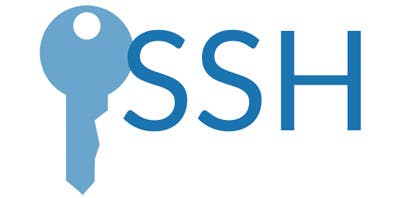Tips and Tricks for Faster File Search
Use our file search tricks and tricks to find what you need faster. Read More
Published on 22 Nov 2021
In the modern business world, we all have a lot of information, including sensitive or private documents that need to get passed around, seen by certain eyes only, and approved.
You know the drill - we’ve all done it dozens of times a day. Every business deals with confidential information, sometimes constantly. Documents could have trade secrets in them or financials. The most critical step for internal file sharing, however, is how to easily get files where they need to be while not skimping on security.
The question arises: How do I share business material with coworkers in a secure fashion without compromising on usability?
After all, if it’s a pain to send or receive files, it adds time to projects, and that means more money spent on the project. By leveraging ExaVault’s sharing features, you’ll move files around inside your company quickly and securely.
If you need to have a bunch of files that many coworkers will have to access, shared folders are perfect for you. Once you make a folder in the ExaVault Web Interface, you can get a unique URL for the share. Add a password for extra security on the shared folder and set permissions that allow users to do things like view only, download, delete, etc.
When you send this URL to someone, they will be able to access the files you put in that folder based on the permissions you set up when making the share.
Let’s say you have 400 employees all over the world that need to all drop files into a common folder. With ExaVault, that’s easy to set up. Create a Receive Folder inside of ExaVault’s Interface. Then set a password for the receive folder to ensure the security of your folder contents to approved users only.
Next, customize the receive form that users will fill out to drop files into this location. Once you do that, you can share the included URL to everyone who needs it (as well as the password you set earlier.)
Now when people go to the URL, they will first be asked the password. Then they will fill out the form that you created and upload files right where you want them. There is no chance of anyone overriding files, deleting files, moving files - everything will be right where you want it.
Create a user account for each employee that needs continued access to your Advanced or Enterprise cloud FTP file sharing account -- don’t worry, you can still limit access to users with permissions.
When making a new user, start by going into the Permissions tab. To secure your documents, set a home folder for each user. The home folder is what the user will see when they log in, whether via FTP or the web interface. Only files inside that home folder location, including all subfolders and files, will be accessible to the user.
If you’re worried about the user changing files around, you can exclude the ability to modify and delete files when you’re configuring the user’s permissions. It’s easy to go into your account any time and update user permissions at any time. Once changed, the new permissions go into effect immediately.
Knowing your documents are secure no matter who you need to share them with gives you and your business peace of mind. Having the ability to control who has access to files and what they can do with those files boosts security for all your files, from sensitive financial files and employee data to routine work memos and contracts.
Use our file search tricks and tricks to find what you need faster. Read More

Improve file sharing with mass user creation, custom welcome emails and SSH keys. Read More